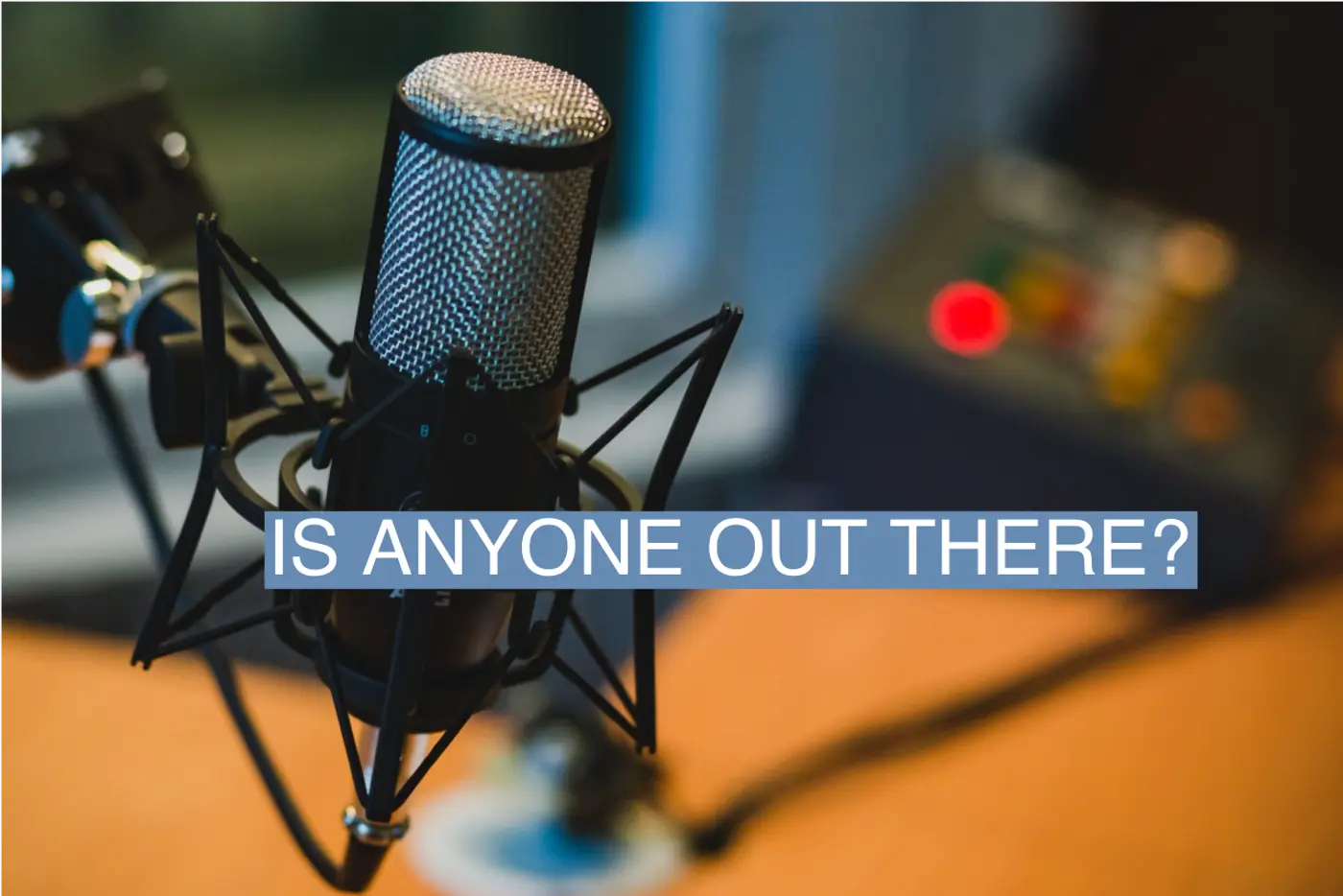Apple has quietly tightened its reporting of how many people listen to podcasts, sending shock waves through an embattled audio industry still reeling from the end of the COVID-era production bubble.
The shift, Apple wrote in a blog post, was technical: The dominant podcasting platform had begun switching off automatic downloads for users who haven’t listened to five episodes of a show in the last two weeks.
But while few users noticed the shift, some of the biggest podcasts in the world saw their official listener numbers drop dramatically. Long-running shows that publish frequently were hit particularly hard. A user who listened to a show like The New York Times’ The Daily a few times, subscribed, but stopped listening would continue to count as a download indefinitely. Even better under the old rules: For people who listened to a show, dropped off for a while, but started listening again later, Apple would automatically download every show in between. The arrangement drove big download numbers, a crucial metric for ad sales and a sign of the vast reach of podcasts as a medium.
Max Tani
The title is somewhat misleading, as podcasting hasn’t suddenly shrunk overnight, but was instead revealed to have been smaller than previously reported. Not exactly a novel issue, as I have written before on this blog, but a reflection of the constant hyping and inflated expectations that is associated with basically every new trend in tech circles.

Counting downloads has always been a terrible metric to judge the success of a software or app. One of the earliest examples I remember is Mozilla constantly touting Firefox’ download numbers, while Chrome was capturing all the traffic and users. Even nowadays there’s no shortage of people citing download figures to promote new apps, while being soundly contradicted by usage data. Any industry avoiding putting forward more realistic metrics about active users, either daily or monthly, should be an immediate red flag for investors.
But privately, reactions to the change have ranged from mild annoyance to legitimate alarm. Some advertising deals were inked under the assumption that shows had audiences they no longer have. The update also means that some shows could struggle to meet minimum download agreements. The fact that no major podcasts would talk about how much they lost is a sign that many big shows aren’t ready to admit how much their audiences have shrunk.
It’s also another demonstration of the power that tech platforms continue to wield over media, a faint echo of the inflated Facebook video metrics that sent advertisers and publishers alike down a garden path a few years ago. Spotify’s pullback from podcasting resulted in hundreds of layoffs last year. A small tweak with little warning from Apple sent even the biggest podcasts into a frenzy, wondering what will happen to audiences, how it could impact revenue and talent deals.
I don’t have any insights into which metrics are reported by podcasting apps back to podcast owners or how are they calculated, but one metric that should be checked is which episodes people mark as played without starting. That should inform creators what topics their followers are (not) interested in.
The background for this is that I notice increasing content bloat in some of the podcasts I follow, meaning the feed is crammed with more and more episodes. The goal seems to be reaching a cadence of an episode daily, and some even resort to republishing old content. I rarely have the time or the interest to listen to this extra content – even less to revisit two-three years old conversations. It feels as if these podcasts are trying to monopolize the attention of their audience to the point that they don’t listen to anything else.
Post a Comment